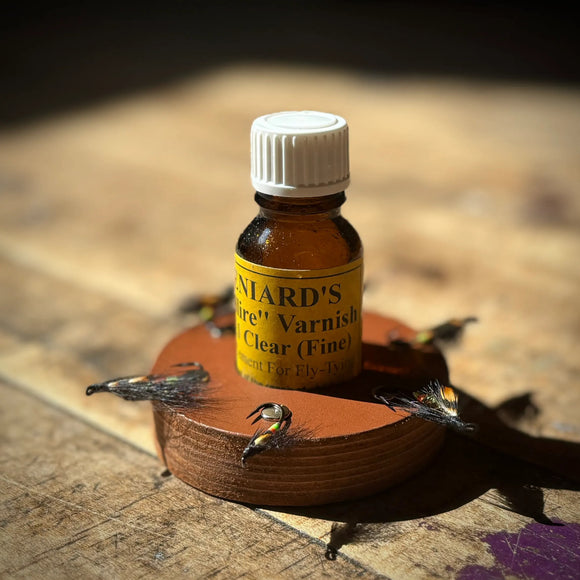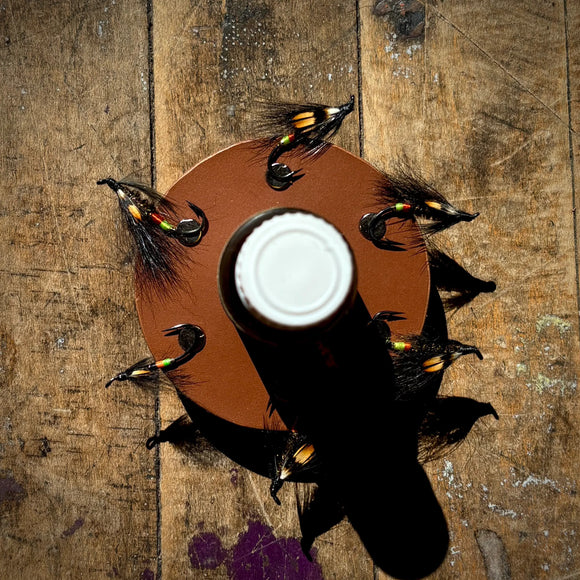by Kenzie Kozera
A creation of Ally Gowan, this flashier cousin of his uber-famous "Ally’s Shrimp" was described by Gowan as having a flowing effect and was suitably named the “Cascade”. This pattern has produced many Atlantic Salmon and sea-run trout across the globe and has earned a place in the fly box of many anglers (myself included).
The Cascade appears to work in all conditions, whether it be a cloudy or a bright sunny day. The size and profile can also be adjusted to suit both high and low water conditions, with hooks as small as #12-14 in summer months and as big as #1/0 - 4 in higher water of the fall months.
Being a fly tyer who loves to tweak patterns and create variants, the Cascade is an ideal pattern for this. By changing up the colour of the tail, body and collar, the Cascade has endless potential variants.
Recipe:
Hook: Typically an up-eye salmon hook (ie Ahrex HR410)
Tail: Hot orange & yellow bucktail with clear Krystal flash.
Body: Half silver (mylar) and half black floss/yarn with oval tinsel rib.
Wing: Calls for black squirrel, but I often use black bear or bucktail.
Collar hackles: Yellow & hot orange.
Head: Black thread and varnish/cement










*If using black bear, be sure to use lots of tying wax and/or super glue.



FLIES
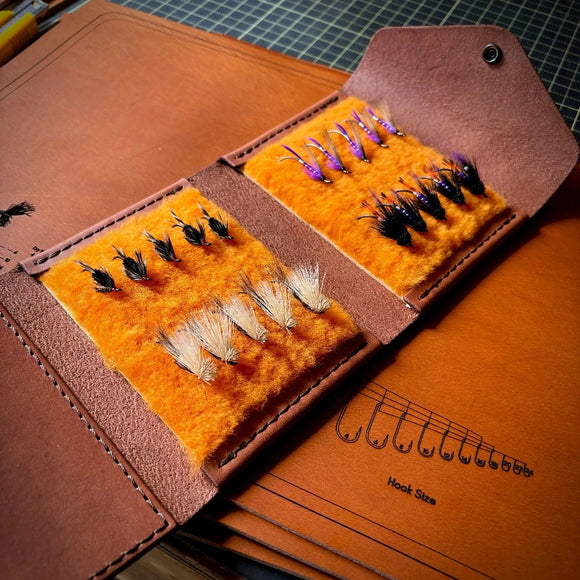
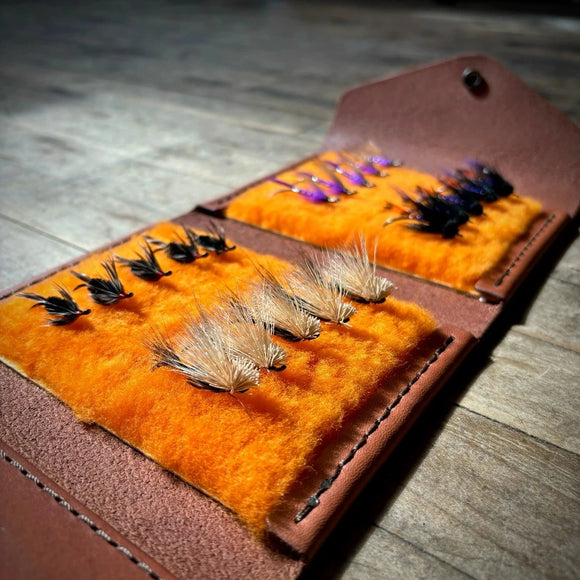
Steelhead Fly Pack
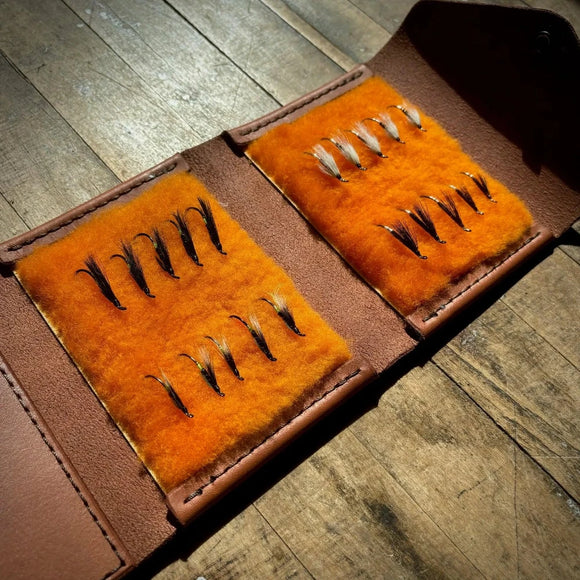
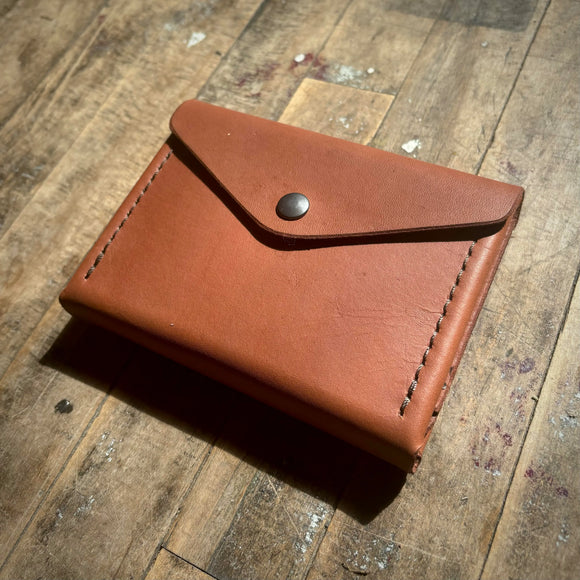
Salmon Fly Pack - #1
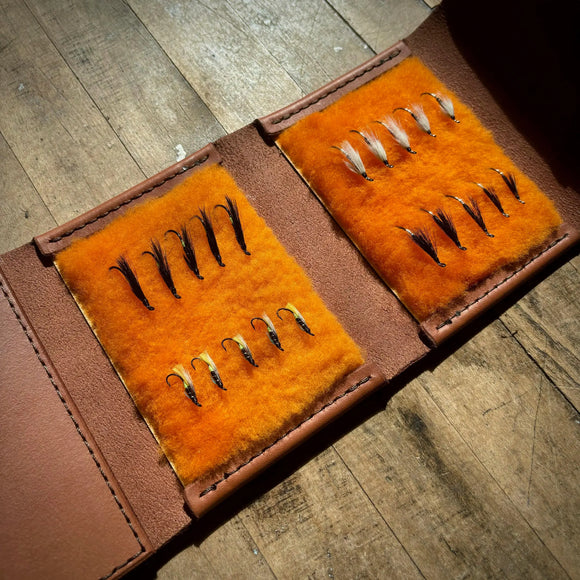
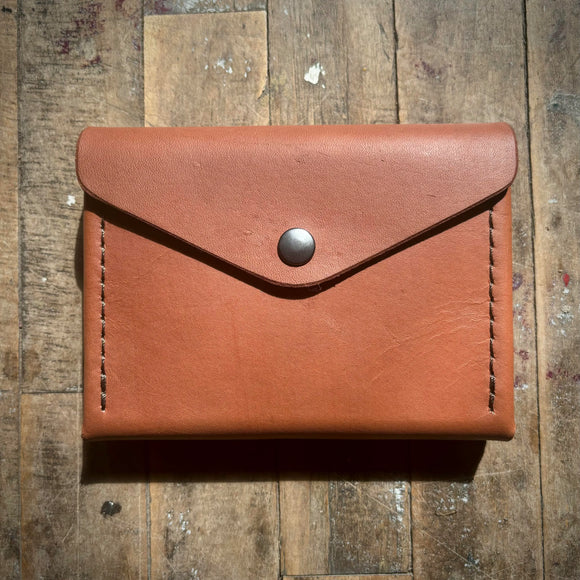
Salmon Fly Pack - #2
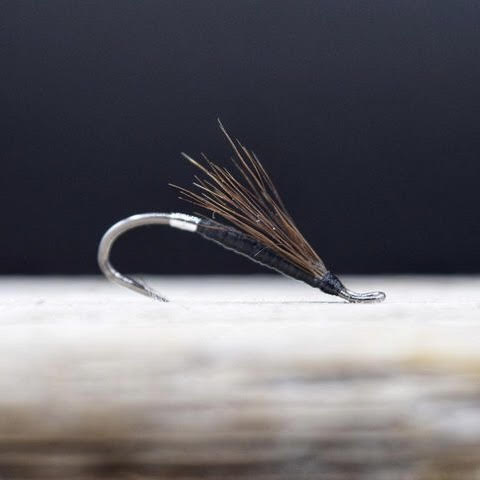
Black Silver Tip
FLY TYING
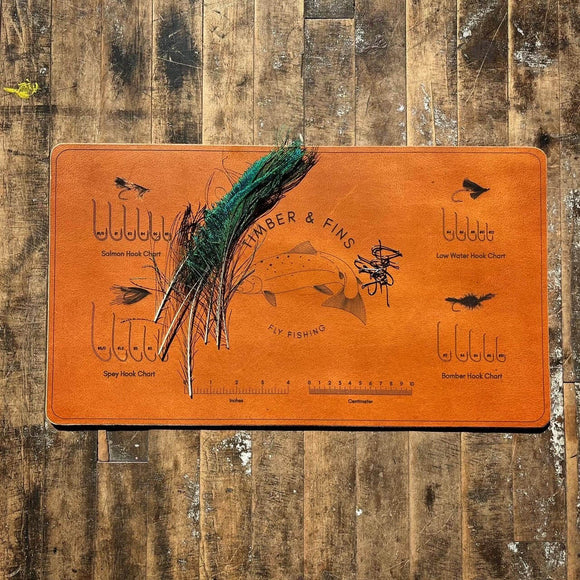
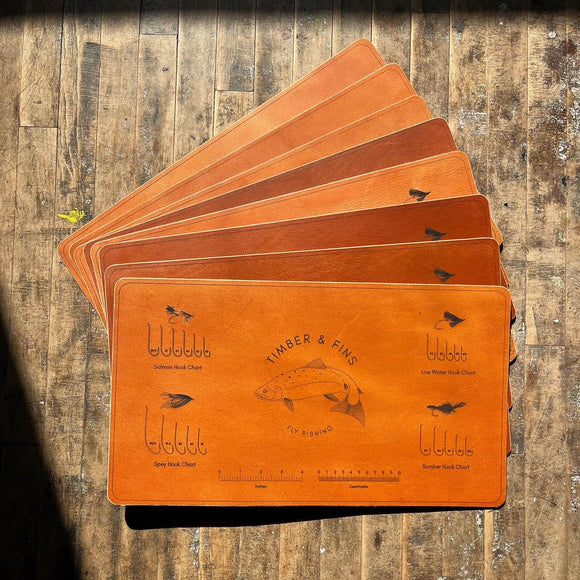
Salmon Fly Tying Leather Mat
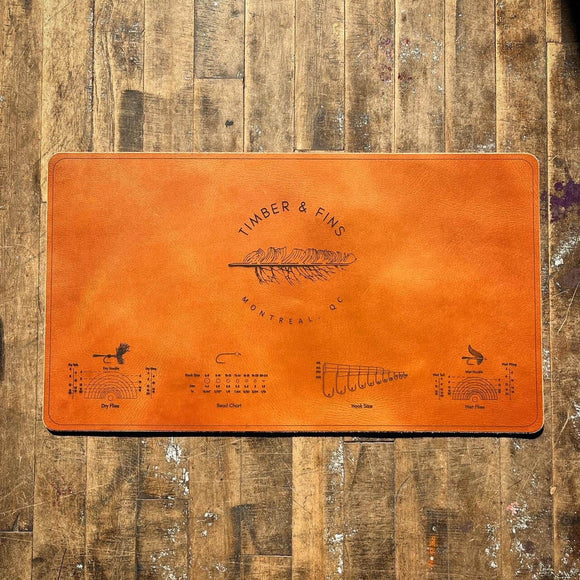
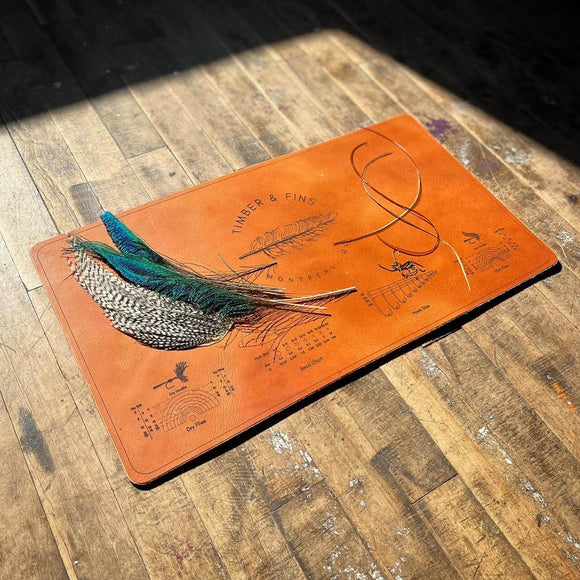
Fly Tying Leather Mat
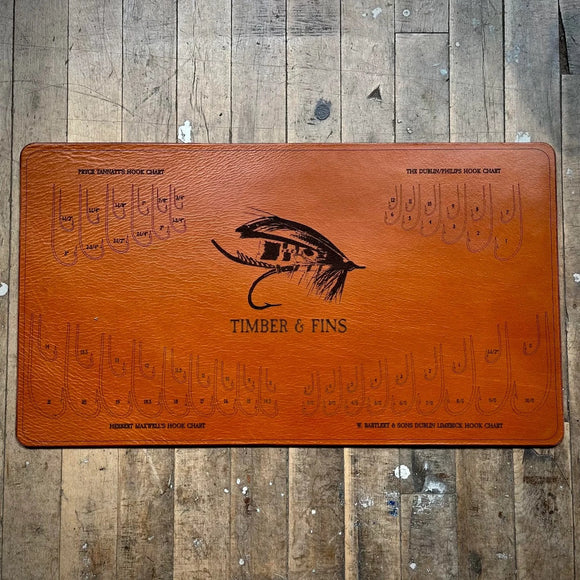
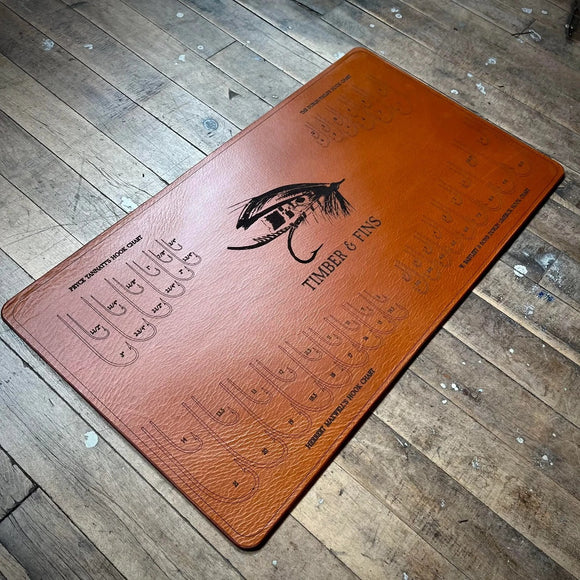
Heritage Fly Tying Leather Mat
